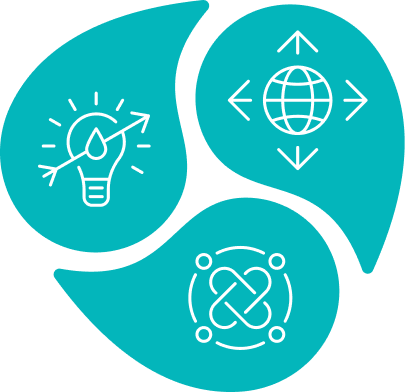Disasters caused by climate change will affect us all, but not to the same extent. This tool intends to strengthen the knowledge of practitioners on these negative impacts of climate change on water resources and in particular on women and vulnerable groups. Concepts and notions introduced in this tool include: why climate change exacerbates gender inequality, how women experience climate change differently, and how can we design and implement inclusive adaptation solutions.
Pressure on water systems from desertification and groundwater extraction, as well as increasing drought, saltwater intrusion, and shifts in rainfall patterns, pose a threat to water supplies, especially in already water-scarce regions. This puts the basis for human life, agriculture, livestock, and industry at risk. Between 2.7 to 3.2 billion people will be affected by droughts in 2050 compared to 1.9 in the early to mid-2010s (UN, 2020) and their close succession plunges many households further into poverty. The decline of the agricultural sector will lead to precarious food and economic situations for women and men, especially in areas where rainfed agriculture is prevalent.
Agricultural crises hit women particularly strongly. In most developing countries, women are the main contributors to household food production and represent a significant proportion of the agricultural labour force. Women predominantly lack access to employment outside agriculture and are often subject to laws that restrict their right to own assets. This dependence on natural resources makes water a critical resource for them and their families’ livelihoods – both in terms of subsistence farming and as the sole source of income. Water shortages increase both the time and effort required to collect water and wood from further distances, which increases the work burden and negatively impacts women's ability to participate in society and economy. The increasing reliance on private water sources also increases the strain from a financial point of view.

 IWRM Tool - B5.04
IWRM Tool - B5.04